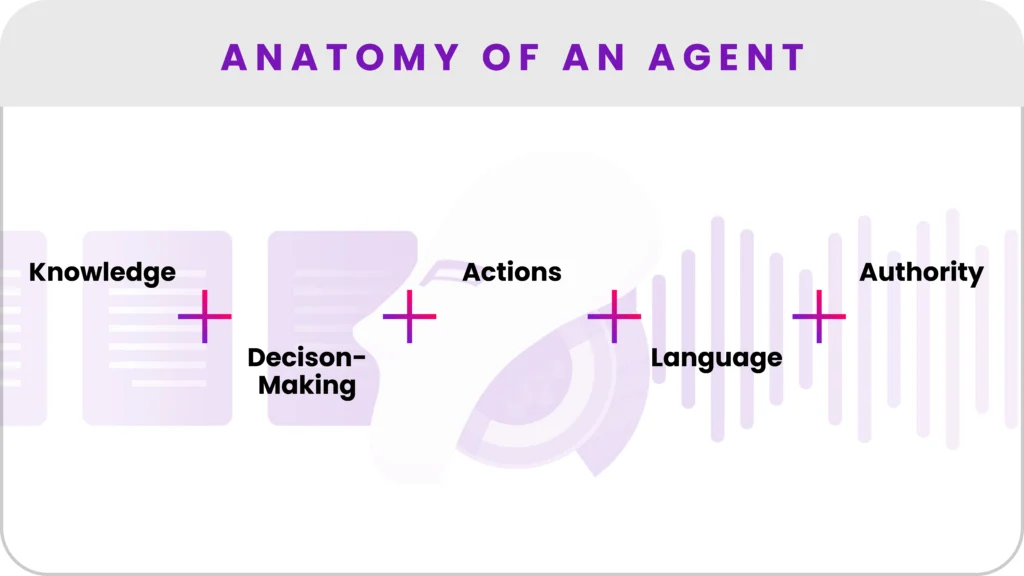WELL Health® recently commissioned a study on the effect of the patient communication coordination process on clinical support staff – and the results are sobering. According to the study, an astonishing 88 percent of those surveyed report moderate to extreme healthcare worker burnout – with more than half (56 percent) rating their burnout as “high” or “extreme,” overwhelming them to the point of wanting to quit.
Patient communications is a direct cause of staff burnout
The study was conducted by independent market research firm PureSpectrum which surveyed 320 clinical support staff who communicate and coordinate with patients primarily using phone-based communication practices. 96 percent report phone-based communication as their primary method of patient communication, indicating the time-consuming and frustrating process is a huge issue. 82 percent said that their existing patient communication practices are a direct cause of their burnout.
“The study findings demonstrate that patient care quality is linked to how clinician support staff experience their job – the two go hand in hand,” said Guillaume de Zwirek, CEO and Founder, WELL Health. “At WELL Health, we’ve designed a solution that takes work off of staff’s plate by automating routine patient communication tasks to make staff more productive, efficient, and ultimately happy, which – as the study demonstrates – can have a direct impact on patient health outcomes.”
Clinical support staff also suffer from healthcare worker burnout
Much has been discussed about the physical and mental exhaustion suffered by healthcare workers due to the COVID-19 pandemic. This study illustrates that clinical support staff, tasked with the cumbersome, repetitive work that patient coordination and communication often require, also suffer from healthcare worker burnout. 82 percent of support staff report frustration with communicating and coordinating with patients with almost half (49 percent) saying COVID-19 has made the problem worse.
Another issue the study raises is that a poor mental health culture can also reduce employee retention rates during a dire time when the healthcare industry is still navigating the COVID-19 crisis. This is a key issue since employers cannot afford to lose staff while dealing with the unknown caused by new COVID variants.
Patient communication problems impact provider care quality
In addition, the WELL® study discovered that healthcare worker burnout and ineffective patient communication are perceived to have a direct effect on patient care quality. With increasing numbers of providers entering risk-sharing agreements with payers in this value-based care era, patient experience, and care quality have become key measures tied to reimbursement. According to the study, many support staff believes the patient communication problem – and their resulting burnout – is hurting patient care. 63 percent report patients commenting on their burnout, while 60 percent said that poor patient communication has negatively affected a patient’s health outcome, which ultimately influences the patient experience.
Despite the negative numbers, the study found that about 70 percent of healthcare support staff reported their burnout to their supervisors, indicating that many are speaking up and trying to find solutions. While most of the respondents noted their organization’s management was addressing the issue, three in 10 said their supervisors disregarded their burnout, representing a significant risk to both their provider organizations and their patients.
Digital communication tools help alleviate support staff burnout
This WELL study proves the downstream effects of healthcare worker burnout negatively impact not just the provider’s professionalism and safety, but also lowers the quality of patient care. Mental health experts recommend employers have open discussions about burnout and what they can do to help clinical support staff and other healthcare workers.
Since so many support staff have indicated that phone-based patient communication is the cause of the majority of their burnout, providers should consider digital patient communication tools such as the WELL platform which helps lower call volume and alleviate the burden of constant and repetitive phone-calling. Implementing digital technology solutions such as conversational texting or AI-enabled communication such as WELL ChatAssist AI can easily help reduce clinical support staff burnout. As this study shows, during this critical time in the healthcare industry, employers cannot afford to overlook any solution that helps ease the physical and mental stress on their staff.♥
The entire WELL Health study is available here.



